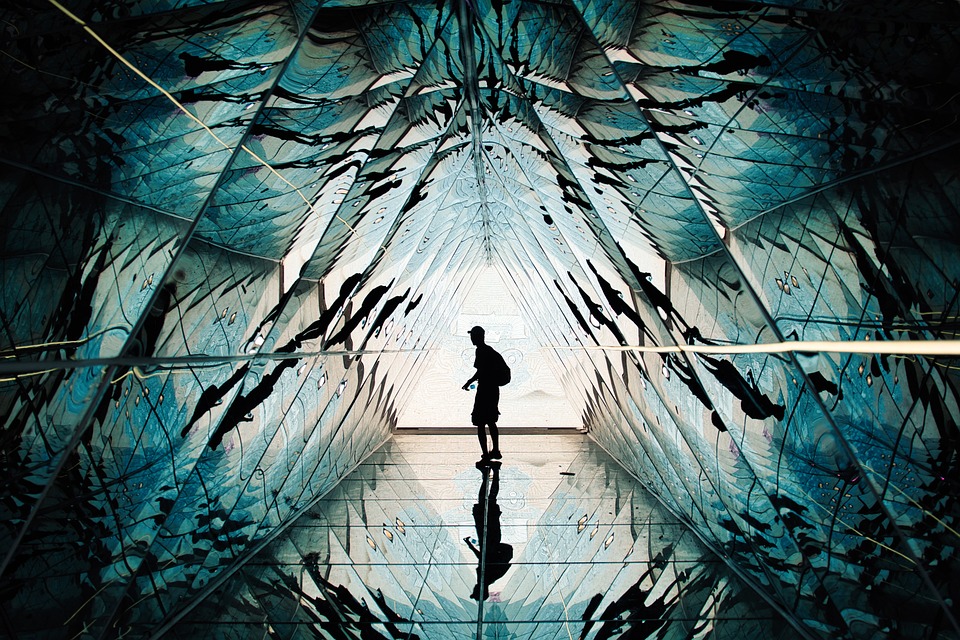The Epitome of Luxury: A Deep Dive into High-End Fashion Brands
In a world where first impressions matter immensely, few things speak louder than one’s sartorial choices. High-end fashion is not just about clothing; it’s a cultural experience, a statement, an identity. As someone who’s helmed multifaceted ventures in the adventure travel and cruise industries, and navigated the intricacies of global markets, I’m fascinated by the parallels between experiential luxury and high-end fashion brands. Both sectors encapsulate exclusivity, impeccable craftsmanship, and the relentless pursuit of perfection.
The DNA of Luxury: Craftsmanship and Heritage
When I say "luxury," I’m not just referring to a brand’s price point. Luxury is a compelling narrative of artistry, tradition, and innovation—a tapestry woven over decades, if not centuries. Brands like Hermès and Chanel epitomize this. Hermès, started in 1837, began as a harness workshop in Paris dedicated to serving European noblemen. Today, it stands as a beacon of exceptional leather goods, thanks largely to its commitment to meticulous craftsmanship.
Chanel, on the other hand, revolutionized women’s fashion by introducing designs that were as liberating as they were luxurious. Coco Chanel’s legacy continues to be a cornerstone of the brand, with each piece telling a story of sophisticated rebellion.
The Power of Perception: Branding as Narrative
In my book, "Hard Ships," I explore the potency of storytelling in building robust, enduring brands. High-end fashion is no different. The allure of brands like Louis Vuitton and Gucci goes beyond their product lines. What captivates consumers is the narrative of exclusivity, heritage, and aspiration these brands weave.
Louis Vuitton, founded in 1854 as a trunk-making atelier, has transformed into a global symbol of status and style. Its iconic Monogram Canvas is recognized worldwide, not just as a pattern, but as a mark of supreme craftsmanship and innovative design. Similarly, Gucci’s interlocking GG logo epitomizes a blend of modernity and timeless elegance. The brand constantly reinvents itself while staying true to its roots, much like the transformational journeys at the heart of exceptional travel experiences.
Innovation Meets Tradition: Adaptation in Luxury
In the same vein as pivoting strategies to navigate volatile market conditions, high-end fashion brands are experts in balancing adherence to tradition with the necessity of innovation. Burberry, established in 1856, consistently pushes boundaries, integrating technology with fashion. From pioneering the waterproof gabardine fabric to being one of the first luxury brands to livestream its runway shows, Burberry exemplifies how heritage brands can adapt while maintaining their core values.
Sustainability: The New Luxury
An intriguing parallel exists between the sustainability efforts championed by modern luxury brands and the broader trend towards responsible travel. Just as travelers are increasingly seeking eco-friendly options, consumers of luxury fashion are becoming more conscientious. Brands like Stella McCartney are leading the charge, setting industry standards for sustainable luxury. McCartney’s commitment to ethical practices—using organic materials, promoting animal welfare, and ensuring fair trade—embodies a new era of responsible fashion that promises both luxury and conscientiousness.
The Emotional Quotient: Creating Unparalleled Experiences
Whether it’s charting new waters in the adventure travel sector or crafting a bespoke gown, the emotional connection forged with the consumer is invaluable. High-end fashion brands invest considerable thought and effort into creating experiences that resonate on a profound level. A Valentino gown is not merely worn; it is an emotional journey encapsulating the grace, poise, and confidence of its wearer.
Indulging in these high-end brands is akin to embarking on a luxury cruise or an exotic adventure—each piece, like each destination, offers an escape, a story, and an indelible memory. The craftspeople behind these brands, much like seasoned travel guides, curate experiences that are immersive, meaningful, and transformative.
Conclusion
The world of high-end fashion extends beyond mere apparel; it’s an ever-evolving narrative of artistry, heritage, innovation, and emotion. It’s an industry that invites us to not just look, but to feel, to experience, and to connect deeply with the very fabric of our identities.
As we delve deeper into what makes these brands the epitome of luxury, we uncover a fascinating confluence of tradition and modernity that continues to captivate and inspire. High-end fashion brands, much like the extraordinary voyages we cherish, epitomize the relentless pursuit of excellence, beckoning us to immerse ourselves in the sheer beauty and craftsmanship that define them.
So, the next time you drape yourself in a piece from Dior, or slip into a pair of Jimmy Choo pumps, remember—you are not merely wearing an item; you are donning a legacy, an experience, a piece of history. Now, that is the epitome of luxury.

